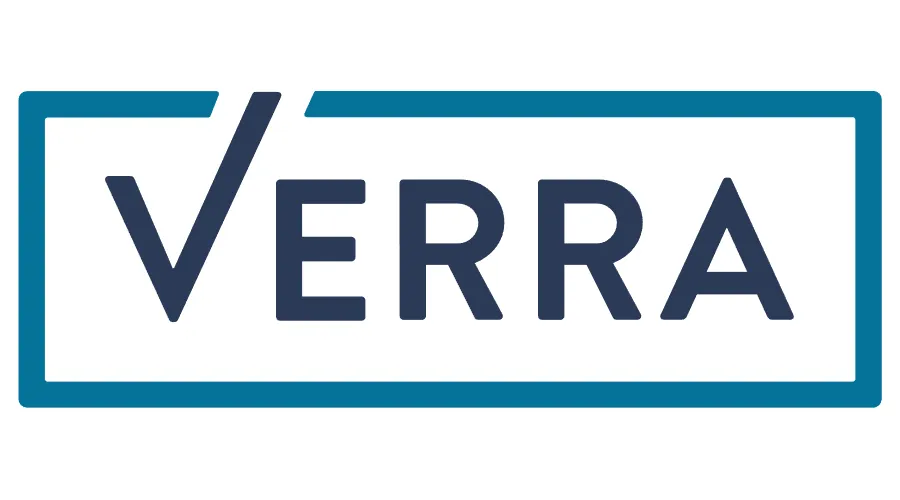
Since the Industrial Revolution, carbon emissions have been generated at such great volumes. The increase began to steep upwards in the 1950s, with the turn into the millennium seeing carbon emissions reaching 25.5 billion metric tons (GtCO₂). Since then there has been a jump of over 45% in emissions as of 2022. In 1997, the Kyoto Protocol called for a unique tool to hold emission producers accountable. The first carbon market was proposed under this protocol, creating an international carbon trading platform. Although it was not received with as much enthusiasm, it led to greater awareness of the emission problem, leading to many countries and conferences addressing the carbon emissions. The European Union Emission Trading System was introduced in 2005. The Paris Agreement of 2015 shed light on the potential of trading emission reduction credits across borders in Article 6.2. These trends have led countries to start their carbon markets; China has the biggest carbon market in the world, which covers around 4,800 million metric tons of carbon dioxide equivalent emissions as of July 2021.

India’s long term goal to achieve net-zero by 2070 has met several challenges such as increased energy demands, lack of infrastructure, etc. Being the third largest emitter of carbon dioxide, India has a long way to go before they achieve net zero. Several government initiatives have been taken and amendments to laws have been made to achieve this. Goals like the Non-Fossil Fuel Capacity Target being 500GW by 2030 and missions like the Green Hydrogen Mission have played key roles in helping India maintain the commitments made in the Paris Agreement.
In 2022, India’s Bureau of Energy Efficiency (BEE) put forward the first draft for the introduction of a Cap-and-Trade system on a voluntary basis for the entire nation. This also led to the Energy Conservation (Amendment) Bill, 2022 which provided legal basis for the voluntary market. However, since it is voluntary, it is not regulated by the government. According to Evident, a Platform Operator for International Renewable Energy Certification, India has over 5,200 projects registered, with a capacity of 2,01,657 MW. Three Indian project developers were ranked in the top 15 globally in terms of producing carbon credits in 2022. Thus far, the sale of carbon credits used to offset emissions has brought in around $652 million for Indian groups.
India has two market-based reduction schemes:
- Perform, Achieve and Trade (PAT): This scheme targets energy-intensive sectors like cement, fertilizer, iron and steel, aluminium, etc. The government lays out energy reduction goals called specific energy consumption (SEC). Saving energy will be rewarded with certificates called ESCerts, which can be traded on Power Exchanges and purchased by other units participating in the PAT scheme to fulfill their compliance needs.
- Renewable Energy Certificates (REC): These systems come under the Renewable Purchase Obligation (RPO). This instructs electricity generators to generate a percentage of their energy using renewable sources.
Currently, India does not have a government-regulated domestic carbon market. Although the voluntary carbon market is a huge step towards fast tracking decarbonization, implementing a compliance oriented system can increase the effectiveness of the system. The Ministry of Power and the BEE have created the recent draft of the Carbon Credit Trading Scheme (CCTS), released as part of the Energy Conservation (Amendment) Act 2022 and have announced their commitment to creating the Indian Carbon Market. The Indian Carbon Market will provide climate actors with a competitive market mechanism that will help GHG reduction and drive the use of renewable energy. The ICM will complement the Nationally Determined Contribution (NDC) goal of reducing the Emissions Intensity of the GDP by 45 percent by 2030 against 2005 levels.
Sustainiam’s products are at the forefront of the transition from a voluntary to a regulated market. Their Certificate Issuance Platform (CiP) will enable the issuance of credible and high quality Renewable Energy Certificates (RECs). EmX, which is their certificate trading platform, gives access to a digital marketplace for streamlining the exchange of certificates. As a platform operator for I-REC, Sustainiam aims to facilitate the smooth transition into renewable energy and help companies benefit from the trade of these certificates.
India’s compliance based carbon market is predicted to come into effect by 2026. Until then, India will have to perfect the systems in place and learn from mistakes of other systems that are already in place, such as the EU ETS. To be able achieve the decarbonization goals India will have to continue to take big leaps, the Indian Carbon Market is one leap in the right direction.














